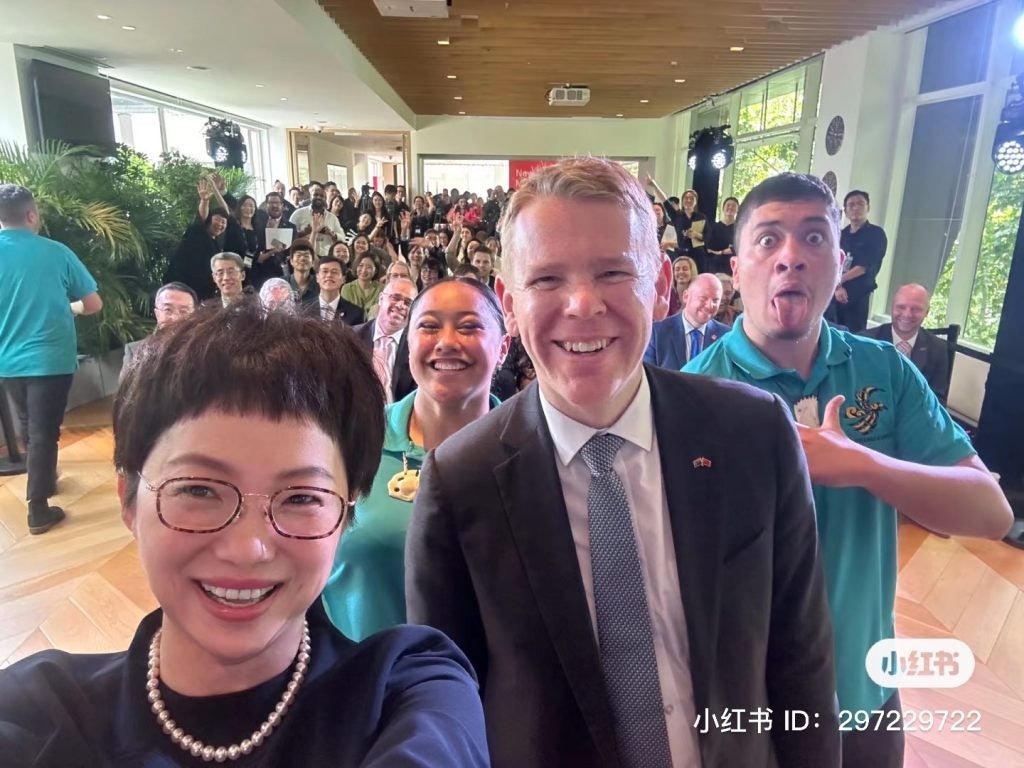In 2019, tourists from mainland China made 155 million trips abroad, spending a total of 255 billion on travel, according to consultancy McKinsey. And while Covid-19 has slowed Chinese international outbound travel over recent years, the nation’s reopening in January this year offers hope that outbound travel will normalize by mid-2024.
Many affluent Chinese travelers, defined by McKinsey as those with a monthly household income exceeding RMB 38,000 (5,200), continue to exhibit a strong interest in EU destinations.
But more importantly, how are Chinese travelers choosing where to go and what activities to do at these destinations? For many, these answers are sourced through one app: Xiaohongshu.
Crowd-sourced recommendations#
“When I booked my hotel in Paris, I left a message saying that I want to book a certain room number to get the best view,” says Gloria Luo, who was sent to Germany while working for a Chinese company in Shenzhen. “The hotel staff asked me why all the Chinese people would book rooms on this floor and I told them that we Chinese have a special app where we share information for traveling to other countries.”
That app is Xiaohongshu. Whenever Luo travels, her research process starts there. The app boasts over 200 million monthly active users, many of whom have high purchasing power.
And it works. Düsseldorf in Germany has a population of 650,000 and is generally dwarfed by neighboring city Cologne due to the latter’s tourist attractions. But in 2021, Düsseldorf became an unexpected travel hotspot for Chinese travelers largely due to Xiaohongshu. In the latter part of 2021, a "weekend getaway to Düsseldorf '' emerged as a prominent trend on Xiaohongshu, according to Rest of World. The app would recommend Düsseldorf’s local Chinese restaurants and its users would take note, as the “Xiaohongshu effect” took place.

User-generated content#
Luo, who is now based in Shenzhen, says: “All the posts on Xiaohongshu here are advertisements. Credibility is super low. But when I’m abroad, I only use two Chinese apps: WeChat for messaging; Xiaohongshu for shopping, restaurants, travel, and product reviews."
"When I’m abroad, I only use two Chinese apps: WeChat for messaging; Xiaohongshu for shopping, restaurants, travel, and product reviews."
User-generated content (UGC) is what drives Xiaohongshu. “There’s been a huge shift to UGC, in terms of trust. The new generation consumers don't believe much anymore in brand sponsored content, or even bloggers,” says Emily Cheung, founder of Shake to Win, a Chinese cultural travel platform that connects China’s travelers with museums and other cultural institutions globally.
Cheung adds that because of this shift, Xiaohongshu plays a huge role in boosting the popularity of certain destinations. “In the West, the younger generations don’t use Instagram to search for destinations. They ask friends for recommendations or use niche search. In China, that role is predominantly filled by Xiaohongshu.”
Dare Wilderness, a tour operator in China, shares that over 70 percent of its customer base comes from Xiaohongshu.
Governments are also paying attention. Tourism New Zealand and Xiaohongshu signed a strategic partnership in July 2023 to promote New Zealand as a destination. At the partnership’s launch event in Shanghai, New Zealand Prime Minister Chris Hipkins said, “Chinese consumers are very sophisticated and experienced, and consulting other users’ recommendations plays a key role in their decision-making.”

From 'daka' aka. digital clout, to cultural consumer#
Daka (打卡) is a Chinese term that means “punching the card” or “checking in” for digital clout. In a tourism context, daka refers to the act of uploading pictures from photogenic spots to prove you’ve been there. In Paris, it’s the Eiffel Tower. In London, it may be London Bridge or Buckingham Palace.
“Xiaohongshu has played an important role in educating Chinese travelers. This group is increasingly interested in learning about local culture. For example, Chinese tourists ranked as the number one global source of tourists for Saudi Arabia in 2019,” says Cheung. “Yet, when I search on WeChat, I can’t find much about Saudi Arabia. All that information is on Xiaohongshu.”
Xiaohongshu has also surpassed Weibo on some key features. As of 2021, the former has more active accounts than Weibo.
That evolution from daka travelers to cultural consumers is reflected in the data. A report released by Bida Consulting highlights that in 2020, Chinese users relied less on traditional platforms and travel communities. Instead, they focused on content communities and platforms like Xiaohongshu and Douyin. Between the two, Xiaohongshu was the preferred platform for travel guides.

How to attract travelers#
Xiaohongshu touts many benefits for brands, especially in terms of increasing brand awareness. WeChat can be tough to break into as brands need a license. On Xiaohongshu, it’s easier, says Shake to Win’s Cheung.
“Campaigns like ‘best hidden places to go to’ perform extremely well on Xiaohongshu. About 30 percent of its audience is under 25 years old and we can see that the younger generation doesn’t want to read a full article. Asset quality matters most as the platform is more image-driven than WeChat, which can be great for premium brands and destinations,” she says.


